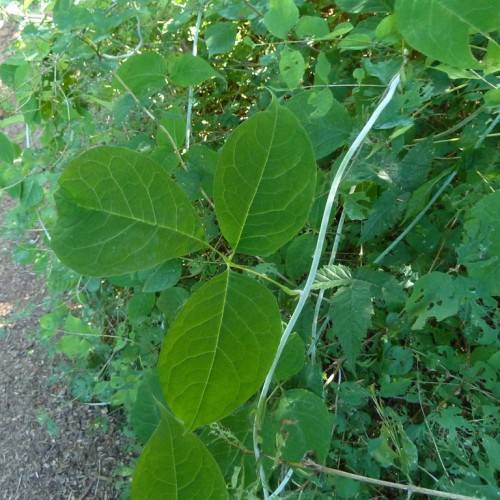
sinofranchetia
Sinofranchetia chinensis
Cycle:
Perennial
Watering:
Average
Hardiness Zone:
7 - 10
Flowers:
Flowers
Sun:
Full sun,part shade
Leaf:
Yes
Growth Rate:
Low
Maintenance:
Low
Drought Tolerant:
Yes
Salt Tolerant:
Yes
Care Level:
Medium
watering
Sinofranchetia chinensis should be watered frequently in summer, but less in winter. The soil should be kept moist, but not wet. During summer months, water the plant once or twice per week, allowing the surface of the potting mix to dry out in between waterings. During winter, reduce watering frequency to once every 2 weeks. Water deeply to ensure that the water reaches the roots of the plant. To prevent root rot, never let the plant sit in standing water.
sunlight
Assuming Sinofranchetia chinensis is planted in a temperate climate, it should receive a minimum of 8 hours of direct sunlight per day for optimal growing conditions. Ideally, the plant should receive the sunlight in the morning, between the hours of 8am and 12pm, and during the late afternoon, 4pm to 8pm. By using this sun-pattern, Sinofranchetia chinensis will be able to absorb the most energy and utilize it for a healthy growth.
pruning
Sinofranchetia chinensis should be pruned twice a year, once in late winter and once in early summer. Pruning late winter should be done to remove any dead or damaged branches, as well as any woody growth that may be congesting the interior of the shrub. The late winter pruning should involve cutting back only a single-season's growth and should involve removing no more than 1-third of the total growth. Early summer pruning should be done to thin out the canopy of the shrub, by removing some of the secondary branches and upright growth while maintaining an overall balanced shape. No more than 1-third of the overall growth should be removed during the early summer pruning period.
